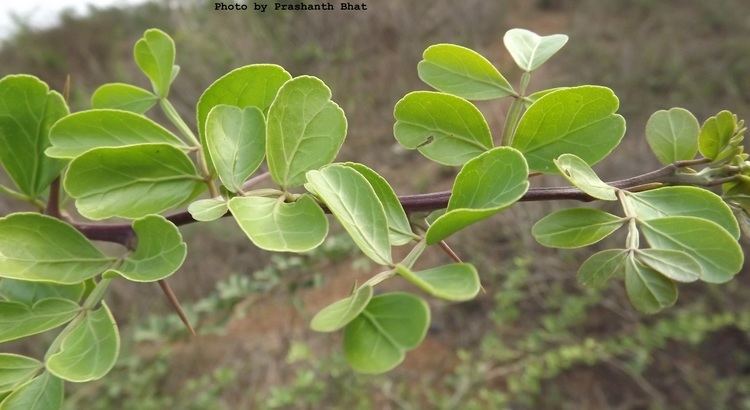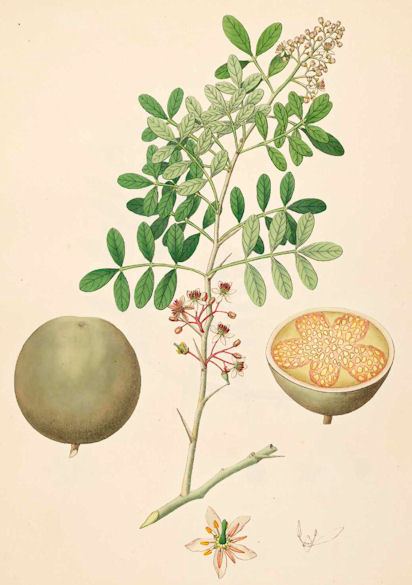Tribe Citreae Scientific name Limonia acidissima Rank Species | Genus LimoniaL. Higher classification Limonia | |
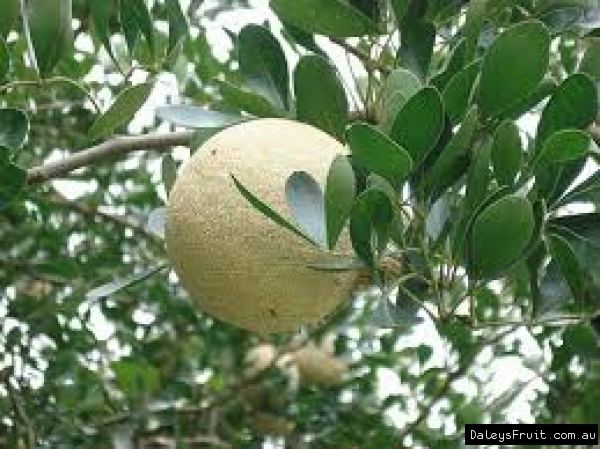 | ||
Similar Indian bael, Rutaceae, Dillenia indica, Bouea macrophylla, Diospyros malabarica | ||
Limonia acidissima wood apple bael fruit
Limonia acidissima is the only species within the monotypic genus Limonia. It is native to the Indomalaya ecozone to Bangladesh, India, Pakistan, Sri Lanka, and in Indochinese ecoregion east to Java and the Malesia ecoregion. Common names for the species in English include wood-apple and elephant-apple. It is reputed for its medicinal properties.
Contents
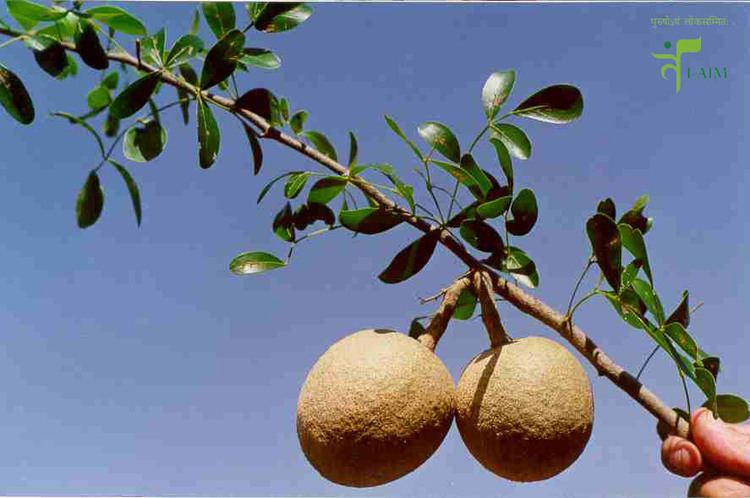
Description
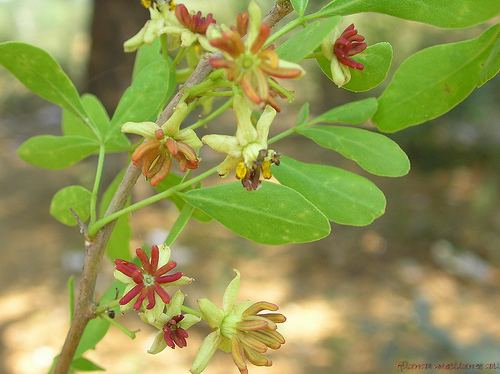
Limonia acidissima is a large tree growing to 9 metres (30 ft) tall, with rough, spiny bark. The leaves are pinnate, with 5-7 leaflets, each leaflet 25–35 mm long and 10–20 mm broad, with a citrus-scent when crushed. The fruit is a berry 5–9 cm diameter, and may be sweet or sour. It has a very hard rind which can be difficult to crack open, and contains sticky brown pulp and small white seeds. The fruit looks similar in appearance to the Bael fruit (Aegle marmelos).
Taxonomy
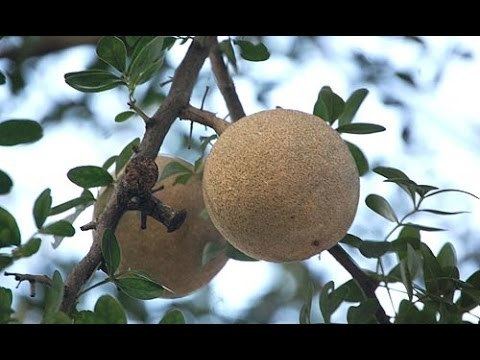
A number of other species formerly included in the genus are now treated in the related genera Atalantia, Citropsis, Citrus, Glycosmis, Luvunga, Murraya, Microcitrus, Micromelum, Naringi, Pamburus, Pleiospermium, Severinia, Skimmia, Swinglea, and Triphasia.
Uses
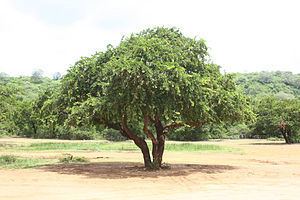
The fruit is used to make a fruit juice with astringent properties and jams. Its leaves also have medicinal properties and are considered auspicious to be offered to Lord Shiva in pujas. A majority of the Hindu temples will have a sacred tree with in its compound and is known as the sthala vriksha.
